Health
WHO lab confirms clade IIb mpox in two Saudi Arabia returnee Nepalis
One patient has recovered, the other remains in hospital.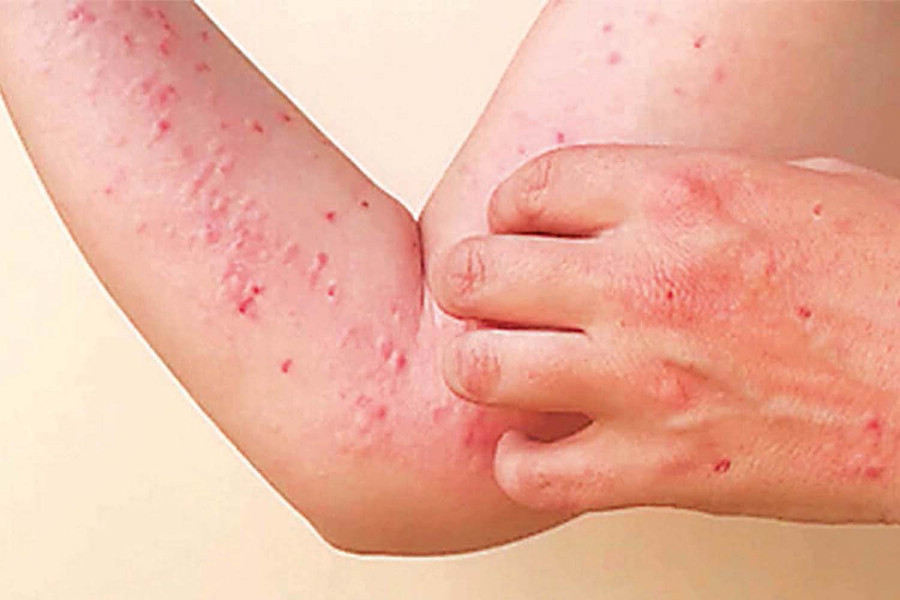
Post Report
The World Health Organisation’s collaborating centre in Thailand has confirmed that the clade IIb strain of the mpox virus was responsible for infections in two Nepali migrant workers who returned home in the third and fourth weeks of December.
The Ministry of Health and Population sent specimens from the infected persons to the UN health body’s collaborating centre in Bangkok to determine the clade or properties of the virus, which tells its virulence and transmissibility.
“We got the report from the WHO collaborating centre in Thailand, and the report confirms that both patients were infected with the clade IIb subtype of the virus,” said Dr Yadu Chandra Ghimire, director of the Epidemiology and Disease Control Division. “People who come into sexual contact with infected persons are at high risk of transmission from this clade II strain of the virus.”
Mpox is a rare disease caused by an infection with the mpox virus. In the third and fourth weeks of December, Nepal confirmed its second and third cases of mpox infection. A 36-year-old man from Tanahun and a 44-year-old man from Sindhuli, both returning from Saudi Arabia, tested positive for the disease.
Nepal recorded its first case of mpox infection in June 2023, when a 60-year-old foreign national tested positive.
A clade is a subtype, genotype or group of viruses that originate from a common ancestor.
So far, three clades of mpox viruses—clade I, clade IIa and clade IIb—have been identified.
Officials say clade identification was needed as it determines the virus’s virulence and transmissibility, which are necessary to curb the spread of the disease. As Nepal lacks a system for carrying out virus sub-typing, the ministry sought help from the UN health body.
Experts say clade I, which is present in the Congo basin, causes up to 10 percent human mortality and is transmitted mainly by rodents, although human-to-human transmission has also been recorded. Clade IIa, which is found in West Africa, has a low mortality rate, while clade IIb is currently spreading globally through human transmission. Clade IIb was responsible for infection in the first mpox case recorded in Nepal.
Meanwhile, Sukraraj Tropical and Infectious Disease Hospital, where both mpox patients were admitted for treatment, said that the second case was discharged in two weeks as the patient recovered fully. But it took longer for the third patient to recover.
“We will probably discharge the remaining mpox patient by this coming Monday or Tuesday,” said Dr Yuba Nidhi Basaula, the director at the hospital.
Health authorities have stepped up surveillance measures to prevent a possible outbreak of the viral disease. Along with stepping up screening of passengers entering the country via the Tribhuvan International Airport, health authorities have requested dermatologists throughout the country to refer suspected cases for testing.
Public health experts in Nepal say that screening suspects at health desks in international airports and land crossings is not sufficient to prevent outbreaks, as the first symptoms of mpox can take between five and 21 days for the first symptoms of mpox to appear, and not all cases can be detected during screening.
Monkeypox cases have already been reported in neighbouring India, with which Nepal shares a long, porous border. India has recorded at least 30 mpox infections since 2022.
Health experts say that even though mpox is usually mild and most people recover within weeks, its risks should not be underestimated. They stress the need for taking precautions, saying that any disease seen in any corner of the world can reach Nepal due to the high mobility of people.
Mpox has been a neglected public health problem in parts of Africa for decades. The disease came to widespread attention in May 2022, when countries outside Africa began reporting new cases.
Since then, mpox has spread globally. More than 100,000 people from 122 countries have already tested positive for the disease.
Its symptoms include fever, headache, swelling, body aches, exhaustion, and itchy rashes on the face, hands, and feet.
As the disease primarily spreads through close person-to-person contact, public health experts recommend self-isolation and good hygiene to prevent transmission.




 17.12°C Kathmandu
17.12°C Kathmandu

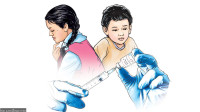
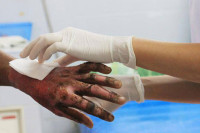
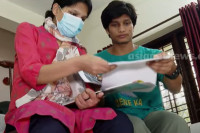

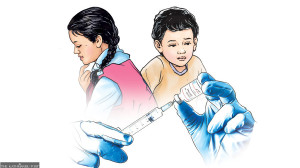






%20(1).jpg&w=300&height=200)
